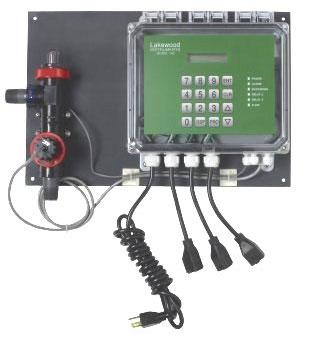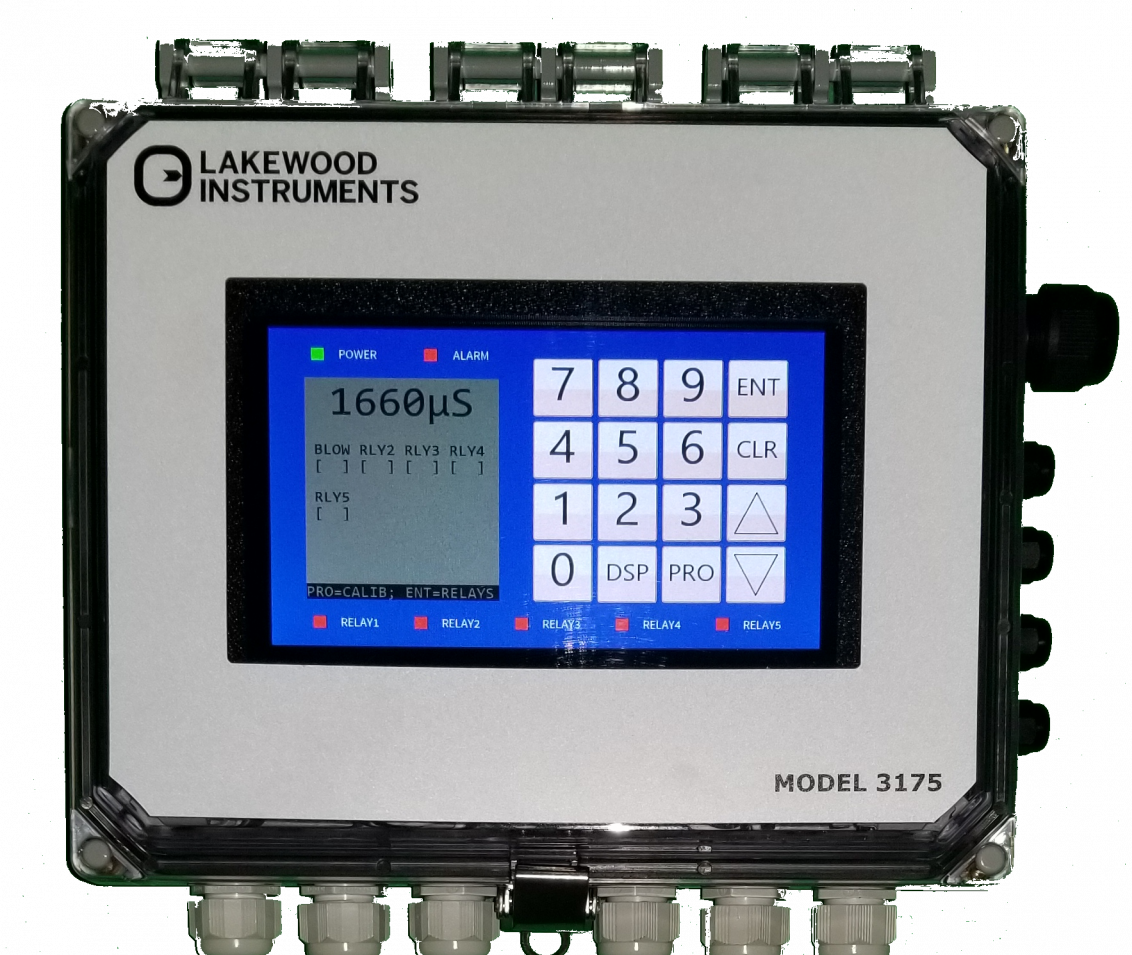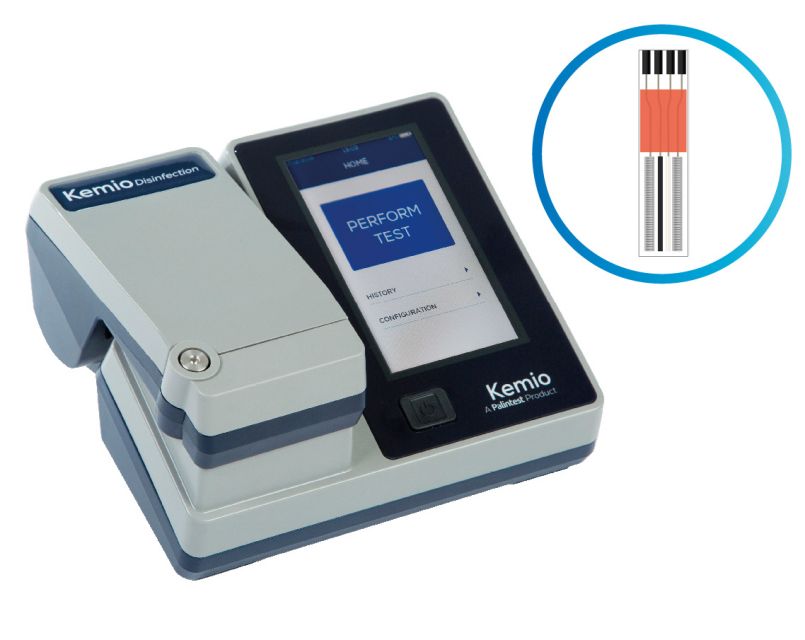Fundamentals of pH and its measurement
August 11, 2016 0 Comments

pH is a logarithmic measure of the hydrogen ion concentration of an aqueous solution:
pH = -log[H+]
where log is the base 10 logarithm and [H+] is the hydrogen ion concentration in moles per liter
pH describes how acidic or basic an aqueous solution is, where a pH below 7 is acidic and a pH greater than 7 is basic. pH of 7 is considered neutral (e.g., pure water). Typically, values of pH range from 0 to 14, although very strong acids may have a negative pH, while very strong bases may have a pH exceeding 14.
The term "pH" was first described by Danish biochemist Søren Peter Lauritz Sørensen in 1909. pH is an abbreviation for "power of hydrogen" where "p" is short for the German word for power, potenz and H is the element symbol for hydrogen.
Why pH Measurements Are Important
Chemicals reactions in water are affected by the acidity or alkalinity of the solution. This is important not only in the chemistry lab, but in industry, cooking, and medicine.
pH is carefully regulated in human cells and blood. The normal pH range for blood is between 7.35 and 7.45. Variation by even a tenth of a pH unit may be fatal. Soil pH is important for crop germination and growth. Acid rain caused by natural and man-made pollutants changes the acidity of soil and water, greatly affecting living organisms and other processes. In cooking, pH changes are used in baking and brewing. Since many reactions in everyday life are affected by pH, it's useful to know how to calculate and measure it.
How pH Is Measured
There are multiple methods of measuring pH.
- The most common method is a pH meter, which involves a pH-sensitive electrode (usually made of glass) and a reference electrode.

- Acid-base indicators change color in response to different pH values. Litmus paper and pH paper are used for quick, relatively imprecise measurements. These are strips of paper that have been treated with an indicator.

- A colorimeter may be used to measure the pH of a sample. A vial is filled with a specimen and a reagent is added to produce a pH-dependent color change. The color is compared against a chart or standard to determine the pH value.

Problems Measuring Extreme pH
Extremely acidic and basic solutions may be encountered in laboratory situations. Mining is another example of a situation that may produce unusually acidic aqueous solutions. Special techniques must be used to measure extreme pH values below 2.5 and above around 10.5 because the Nernst law isn't accurate under these conditions when glass electrodes are used. Ionic strength variation affects electrode potentials. Special electrodes may be used, otherwise it's important to remember pH measurements won't be as accurate as those taken in ordinary solutions.
Read more at http://chemistry.about.com/od/ph/a/Ph-Measurements.htm
Also in Blog

Advanced Cooling Tower Management: Enhancing Efficiency with Lakewood Model 140
February 28, 2024 0 Comments

Optimizing Cooling Tower Performance: Understanding Efficiency, Maintenance, and Water Quality Management
February 28, 2024 0 Comments

Revolutionizing Water Analysis: Everything You Need to Know About the Kemio KEM10DIS
April 19, 2023 0 Comments

